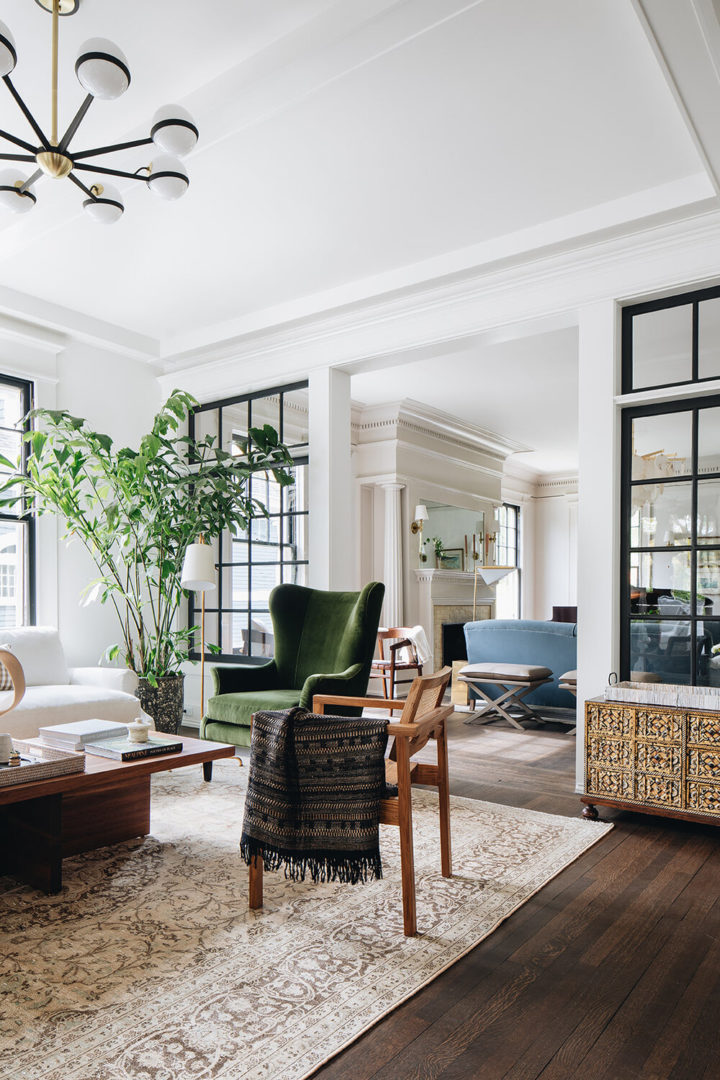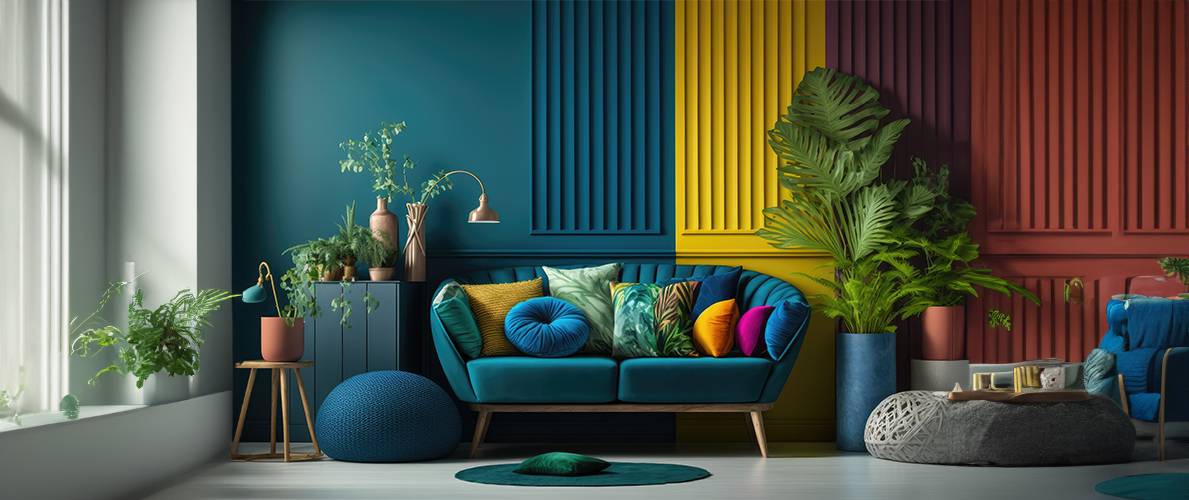Discover luxury interior design to elevate your home or office.
Discover luxury interior design to elevate your home or office.
Blog Article
Transform Your Home With Crucial Concepts of Interior Decoration and Appearances
By comprehending the effect of shade concept and the value of texture and patterns, one can develop areas that are not just visually appealing but also deeply individual. Attaining this balance includes more than simple design; it encompasses a critical plan and a keen understanding of exactly how each aspect communicates within a room.
Comprehending Color Concept
Comprehending the concepts of color concept allows designers to produce rooms that resonate mentally with occupants while satisfying useful requirements. Each classification plays a crucial role in establishing consistency within a space.
The emotional impact of colors is extensive; warm colors such as reds and oranges evoke energy and heat, while cool tones like blues and eco-friendlies promote peace and peace. Furthermore, using corresponding shades boosts visual rate of interest, producing striking contrasts that can boost an area's allure.
Neutral colors, on the various other hand, work as a functional background, permitting other design elements to shine. It is vital to think about elements such as lighting and the room's purpose when selecting a shade scheme, as these can modify the perception of shades throughout the day.
Inevitably, a well-considered shade system can change an area, promoting a feeling of comfort and design that straightens with the citizens' choices. Mastery of shade concept is, consequently, an essential ability for any type of interior designer intending to develop unified and inviting environments.
Attaining Equilibrium in Design
Exactly how can designers achieve a feeling of balance in their areas? Achieving balance in design is essential to developing unified interiors. Designers can utilize three primary sorts of equilibrium: symmetrical, unbalanced, and radial. In proportion balance involves preparing aspects equally around a main point, cultivating a feeling of order and tranquility. This kind commonly includes pairs of furniture or art work, improving aesthetic stability.
Asymmetrical equilibrium, on the other hand, counts on varying elements that still accomplish a natural look. This strategy enables for more vibrant and informal plans, providing rate of interest while maintaining equilibrium. By carefully choosing differing sizes, shades, and textures, designers can develop a visually engaging space that feels well balanced yet energised.
Radial balance stresses a central focal point with components radiating outside. This design is commonly seen in circular formats, where furnishings and decor produce a natural border that draws the eye inward.
Inevitably, achieving equilibrium calls for thoughtful consideration of scale, proportion, and the relationships in between elements. miami luxury interior design. By masterfully using these equilibrium concepts, developers can transform areas into settings that really feel both cosmetically pleasing and functionally unified, enhancing the total experience for owners
Importance of Spatial Awareness

A keen sense of spatial understanding enables designers to recognize focal factors within a room, directing the viewer's attention to essential functions while preserving a general feeling of unity. It additionally assists in the tactical placement of illumination, which can substantially affect the assumption of space and mood. Understanding spatial relationships makes it possible for the developer to cater to the particular needs of residents, guaranteeing that each area offers its desired function without compromising visual appeals.
Ultimately, spatial awareness is essential for taking full advantage of the potential of any kind of indoor space. By meticulously taking into consideration the interplay between dimensions, format, and function, developers can develop environments that not only meet sensible demands but likewise evoke a feeling of comfort and elegance, improving the total living experience.
Integrating Appearance and Patterns
Embracing a varied variety of textures and patterns can substantially improve the aesthetic and tactile charm of an indoor area. The strategic usage of different materials-- such as wood, steel, fabric, and stone-- develops depth and passion, making a room really feel much more welcoming and vibrant. Integrating smooth surface areas with harsh appearances can establish a balance that attracts the why not check here eye and engages the detects.
When incorporating patterns, think about both range and repetition. Big patterns can offer as prime focus, while smaller, subtle designs can match various other elements without overwhelming the area. Layering patterns, such as pairing flower paddings with striped throws, adds intricacy and a feeling of harmony if implemented thoughtfully.
It is also vital to keep a cohesive color palette, ensuring that structures and patterns collaborate rather than compete for attention. By picking a few essential textures and patterns, you can develop a linked visual that shows your personal design while boosting the general atmosphere of the room. Ultimately, the mindful consolidation of these aspects can transform an ordinary area into a sophisticated my site setting abundant with character and heat.
Personalizing Your Room
Developing an area that reflects your individuality is important to achieving an absolutely welcoming environment. Personalization in interior decoration permits you to instill your unique design and passions into your home, changing it from a simple shelter right into a sanctuary that speaks with who you are. Begin by picking a color scheme that resonates with your feelings-- strong hues can energize, while soft tones offer harmony.
Incorporate art work and decor that mirror your passions, whether it be traveling, nature, or abstract ideas. Displaying individual collections, such as books, photos, or keepsakes, can evoke valued memories and create centerpieces within a space. Furthermore, consider personalizing useful pieces, like upholstered furnishings, to line up with your visual preferences.

Conclusion
To conclude, the makeover of a home through the necessary concepts of interior decoration and appearance necessitates a detailed understanding of shade theory, balance, spatial understanding, structure, and customization. Each component contributes considerably to developing an unified and functional living environment - miami luxury interior design. By attentively incorporating these concepts, people can improve the aesthetic allure and psychological vibration of their rooms, inevitably fostering a home that reflects special identities while providing comfort and practicality
Report this page